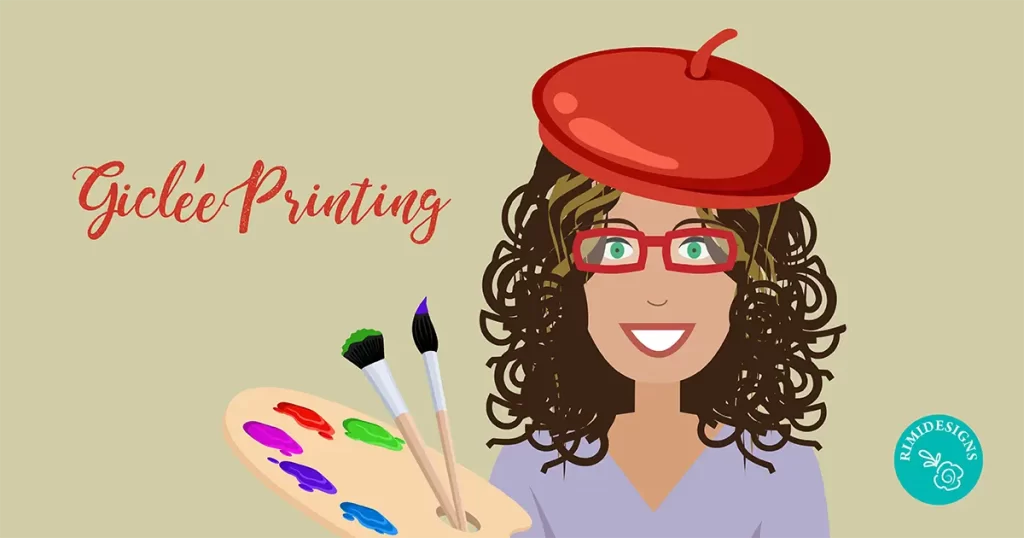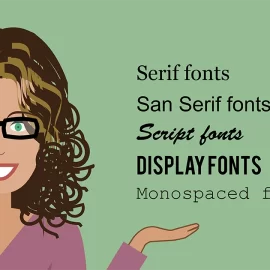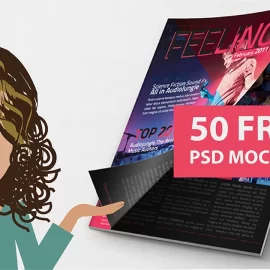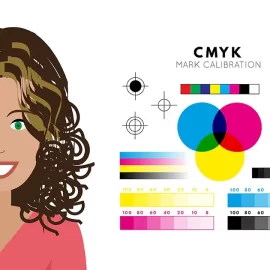
A Beginner’s Guide to Giclée Printing
Giclée printing, pronounced “zhee-clay”, is a sophisticated method of creating fine art prints using inkjet printers. The term “giclée” is derived from the French word “gicler”, meaning “to squirt or spray”, which accurately describes the process of how the ink is applied to the paper or canvas.
This technique has revolutionised the art world by allowing artists to produce high-quality prints that are virtually indistinguishable from the original artwork.
What makes giclée printing special?
1. Superior quality
Giclée prints are known for their incredible detail and vibrant colours. The printers use a wider range of pigments and inks compared to standard inkjet printers, resulting in a broader colour gamut. This allows for precise colour matching and a rich, deep reproduction of the original artwork.
2. Longevity
One of the most significant advantages of giclée printing is the longevity of the prints. Using archival-quality inks and papers, giclée prints can last anywhere from 70 to over 100 years without noticeable fading, provided they are kept in proper conditions.
3. Versatility
Giclée printing can be done on a variety of media, including different types of paper, canvas and even some fabrics. This versatility allows artists to choose the best medium to enhance the visual appeal of their work.
The giclée printing process
Step 1: Digital capture
The process begins with a high-resolution digital capture of the original artwork. This can be done using a high-quality scanner or a professional camera setup. The goal is to create a digital file that accurately represents the colours, textures and details of the original piece.
Step 2: Colour correction
Once the digital file is created, it often undergoes colour correction. This step ensures that the colours in the digital file match those of the original artwork as closely as possible. Advanced software and calibrated monitors are used in this stage to achieve precise results.
Step 3: Choosing the media
The artist or printer selects the type of paper or canvas to print on. Popular choices include matte, glossy and textured papers, each offering different visual effects and finishes. The choice of media can significantly impact the final look of the print.
Step 4: Printing
The digital file is then printed using a high-resolution inkjet printer. These printers can produce very fine droplets of ink, allowing for smooth gradients and intricate details. The printer uses pigment-based inks, which are more stable and resistant to fading than dye-based inks.
Step 5: Finishing
Once printed, the giclée print may undergo additional finishing processes, such as varnishing or mounting, to enhance its durability and appearance. The final product is then inspected for quality assurance before it is ready for display or sale.
Tips for beginners
1. Start with high-quality digital files
The quality of the giclée print is only as good as the digital file it originates from. Invest in a good scanner or professional photography services to capture your artwork accurately.
2. Choose the right paper or canvas
Experiment with different types of media to find the one that best complements your artwork. Each type of paper or canvas can produce a unique effect, so don’t hesitate to try several options.
3. Work with a reputable printer
Finding a reputable printing service is crucial. Look for printers who specialise in giclée printing and have positive reviews from other artists. A good printer will work closely with you to ensure your vision is accurately represented in the final print.
4. Learn about colour management
Understanding colour management can help you achieve the best possible results. Learn about colour profiles, calibration and how different inks and papers interact to produce colours.
5. Protect your prints
Even though giclée prints are durable, proper care is essential. Store them in a cool, dry place away from direct sunlight and handle them with clean hands or gloves to avoid damage.
Conclusion
Giclée printing offers artists an incredible opportunity to reproduce their work with unparalleled quality and detail. By understanding the process and making informed choices about media and printing services, even beginners can create stunning prints that do justice to their original artwork.



